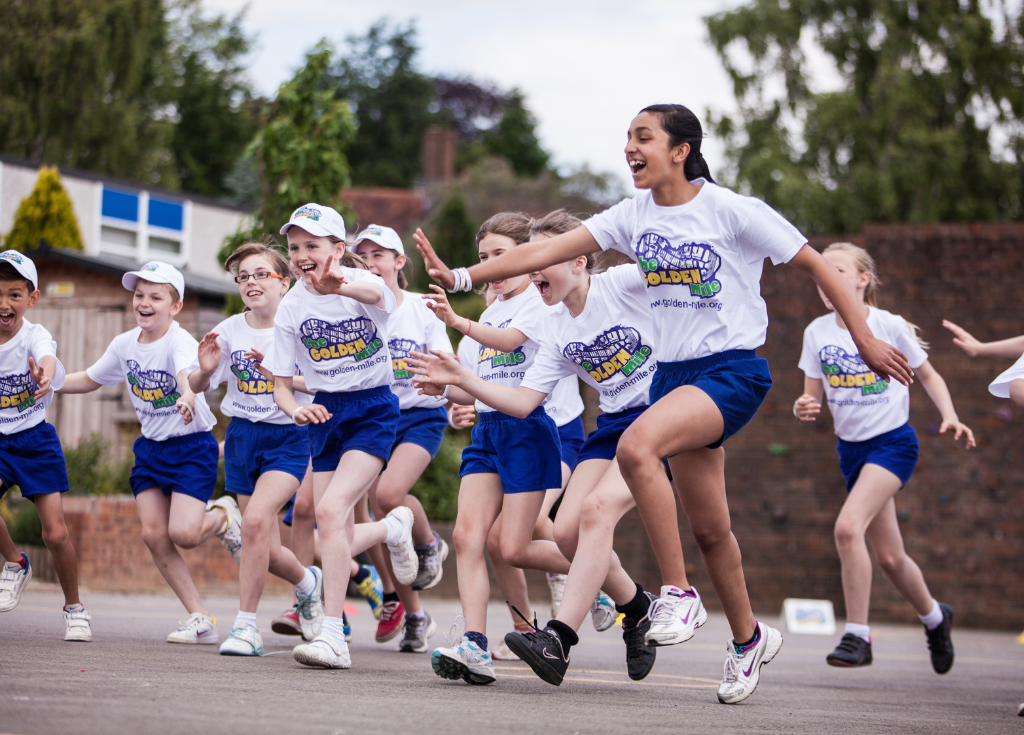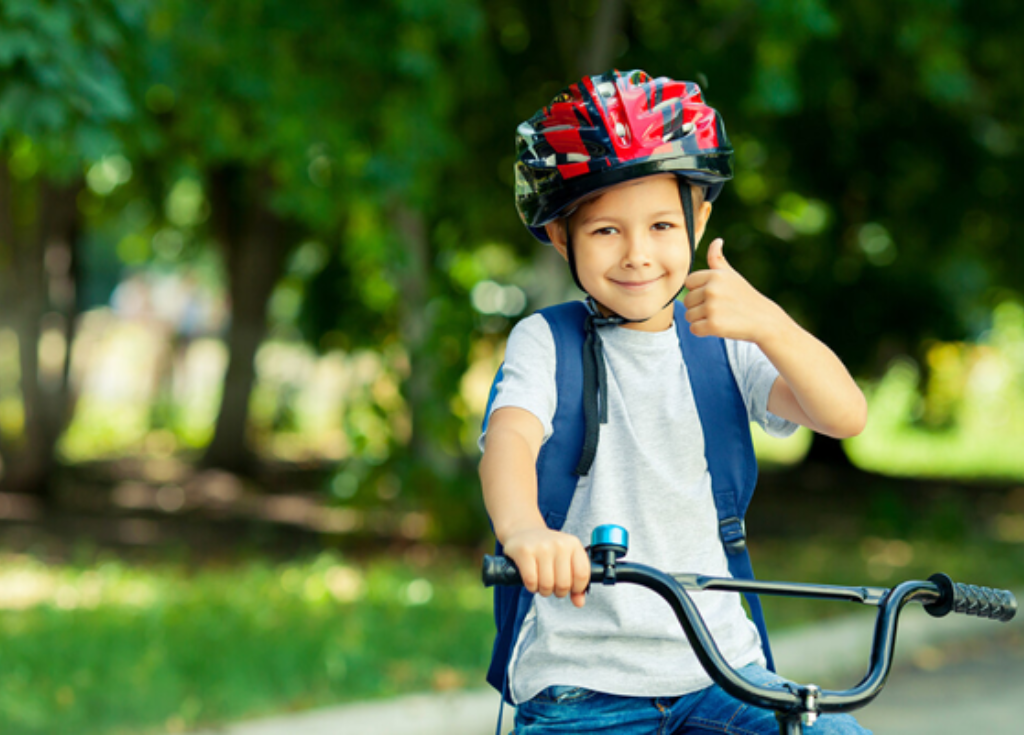How to Promote Children’s Wellbeing in your School
The findings from the NHS Digital report (Sept 2021) revealed that one in six children aged 5 to 16 was identified as having a probable mental disorder – five children in a class of 30 students. This was an increase from one in nine children in 2017.
The Government’s State of the Nation report looking at Children and Young People’s Wellbeing (Feb 2022) found that young people’s wellbeing has changed rapidly in response to external events, in particular pandemic conditions and associated restrictions.
Integrating strategies to support emotional development and mental wellbeing will help to produce more resilient young people.
We can’t eradicate stresses and pressures – after all, ups and downs are a part of life. But teaching emotional understanding, resilience and character education is crucial in helping children develop the tools they need to cope with a variety of situations.
What impact has the pandemic had on child wellbeing?
The Covid-19 pandemic had an unprecedented impact on everyone’s lives.
Back in 2021, we produced Child Wellbeing 2021 – a report exploring the impact of the pandemic on children’s wellbeing.
928 parents were asked how lockdowns impacted levels of physical activity, how their children’s feelings and emotions were affected, if their development was affected and how schools responded to the pandemic.
As the research revealed, there is a powerful opportunity for schools to help support the developmental needs of children.
How can schools continue to build child wellbeing years on from the pandemic?
Schools have an essential role to play in supporting students to make healthy lifestyle choices and understand the effect those choices have on their mental health and wellbeing.
In the wake of the pandemic this focus has been sharpened, with schools paying close attention to child wellbeing, development, confidence, communication and mental health. Schools continue to support children in their understanding of the pandemic and the impact it had on their lives.
Our Head of Child Journey spoke extensively about the aspects of wellbeing and development that had been most affected. In this interview, they discussed how the pandemic affected schools’ ability to deliver PE and made suggestions for how young people could be better supported to get them back on track, both academically and emotionally.
It was clear that schools played – and continue to play – a massive role in restoring a sense of normality and providing support to young people.
Read more about how to rebuild child wellbeing at your school.
The power of physical activity
There is no disputing the positive impact of physical activity on mental health and emotional wellbeing.
Schools should make every effort to incorporate physical activity into the school day. This could include:
- Engaging PE lessons, where active time is maximised
- The availability of fun and stimulating equipment at break times
- Incentivising walking or biking to school
- Cross-curricular links
- Offering a wide range of after-school clubs – think gymnastics, football, handball or archery
- Launching the Golden Mile at your school
PE at school helps to safeguard a child’s physical health, making them less likely to develop health problems later in life.

The relationship between physical and mental health in primary-age children
A healthy body feeds a healthy mind.
Prioritising physical activity at school helps to boost confidence and mood, improve sleep and reduce anxiety and depression. For teachers, understanding the relationship between physical and mental health will not only lead to pupils that are mentally healthy but physically healthy as well. With one in four children leaving primary school obese, it’s important that teachers embrace PE for all it has to offer.
Read more about the relationship between physical and mental health.
Why PE is important for personal development
The benefits of PE reach even further than physical and mental health. Physical activity is also important for personal and social development.
As PE lessons are normally group-focused, it’s a great opportunity for pupils to work as a team and practice effective communication. It is perfect for building social and leadership skills, and can improve the self-confidence of students, create friendships, and enhance communication skills.
Reimagining PE in primary schools
It is up to schools to determine how much time is devoted to PE, but the recommendation is a minimum of two hours of curricular PE per week.
However, PE can sometimes get downgraded at the expense of other subjects, particularly if assessments or tests are on the horizon.
A bold proposal from the Lords Committee entitled ‘A national plan for sport, health and wellbeing’, suggested that PE should be made a core subject and have the same weight as English, maths and science on the national curriculum.
They argued that schools are the place where “attitudes towards physical activity…track into adulthood”, and that improving school sports will motivate young people to become active adults.
Part of the challenge for schools is offering better provision, but a huge part is addressing how to better engage children who are apathetic towards PE. What do we do if a child is struggling in PE? How do we reverse negative perceptions and make the subject feel more accessible to everyone in the class?
In our article, Reimagining PE in schools, we review the curriculum and provide inspirational ideas to support the delivery of better – and more impactful – PE lessons.
How to promote emotional wellbeing within the school environment
Educational settings are uniquely placed to play a central role in promoting wellbeing and improving children’s mental health. A school’s approach to promoting mental health and wellbeing should involve the entire school community and be upheld and supported by all members of staff.
There are a number of ways that schools can boost the emotional wellbeing of pupils:
Talk about mental health and wellbeing
The first way to eradicate stigma attached to mental health is to open up the dialogue about it.
Even younger children in an early years setting can start to grasp simple emotions so feeling secure enough to identify and talk about how they feel is an important part of feeling supported.
Children should learn that feelings aren’t just ‘good’ or ‘bad’ – they are on a sliding scale which can change throughout the day or depending what events we experience.
Recognising and understanding feelings – happiness, sadness, fear, anger or jealousy – can help children to be more emotionally intelligent.
Schools should make it clear where pupils can turn to for help if they experience mental heath problems – be it a trusted adult, a teacher at the school, a dedicated child’s mental health helpline (Childline or Mind) or a GP.
Feelings display activity
A simple way to communicate our feelings is with a dedicated feelings display. This could take the form of a feelings tree or wheel.
These visual aids show a variety of emotions from happy, sad, frustrated, excited or angry. Children arrive at school and place their photo on the part of the tree or wheel that reflects their emotions that day.

Learning that everyone in the class experiences fluctuating feelings can have a positive impact and give children more self-confidence to embrace their own emotions.
Emotional regulation
Breathing deeply and deliberately can lower feelings of stress and anxiety, release tension and stabilise blood pressure.
Mindful breathing exercises activate the parasympathetic nervous system (which controls reactions to stress) and helps to focus the brain on a simple task, calming a racing mind or distracting it from anxious thoughts.
Belly breathing – diaphragmatic breathing – is a simple way to encourage kids to take deeper breaths. It can be carried out anywhere and, in some cases discreetly, so as not to draw attention if a particular child needs a private moment to regulate emotions or calm themselves down.
Encourage pupils to develop resilience
A vital part of children’s development is learning to cope when times get tough.

Teaching children resilience will equip them to recover from setbacks and get back to living their lives more quickly. Children will understand that overcoming challenges and problems is a normal part of life that we all face, so dealing with setbacks will help them feel more capable and builds up their confidence. We can’t always guarantee positive outcomes, but learning to regulate emotions (and not punish oneself for things they can’t control) can have a positive effect.
Read more practical ways to boost emotional wellbeing in your pupils.
What to do if you see a child experience mental health problems
Involve the school’s designated mental health lead or counsellor, and together create a strategy tailored to help the child in question.
However, there’s a difference between feeling low and needing professional help.
Your mental health first aider or safeguarding lead can offer support. Or for more information consult the resources available through Children and Young People’s Mental Health Services.
How can Premier Education help?
Some schools embrace physical activity and couldn’t champion it more. For those schools, physical activity features in the school’s mission and its benefits are promoted (and upheld) across the entire school community. There is a full and diverse PE programme, after-school sports clubs are abundant, teaching provision is excellent and cross-curricular links are always elevating the status of living a healthy, active life.
At Premier Education we are always promoting the importance of physical activity. We work with thousands of primary schools to provide curricular support and teacher training, as well as deliver PE lessons, holiday camps and extra-curricular activities.
We work with schools to enhance young children’s wellbeing through structured wellbeing classes and by enriching a school’s PE provision. Through engaging PE classes, we help to improve physical health and reduce the mental health problems associated with inactivity.

